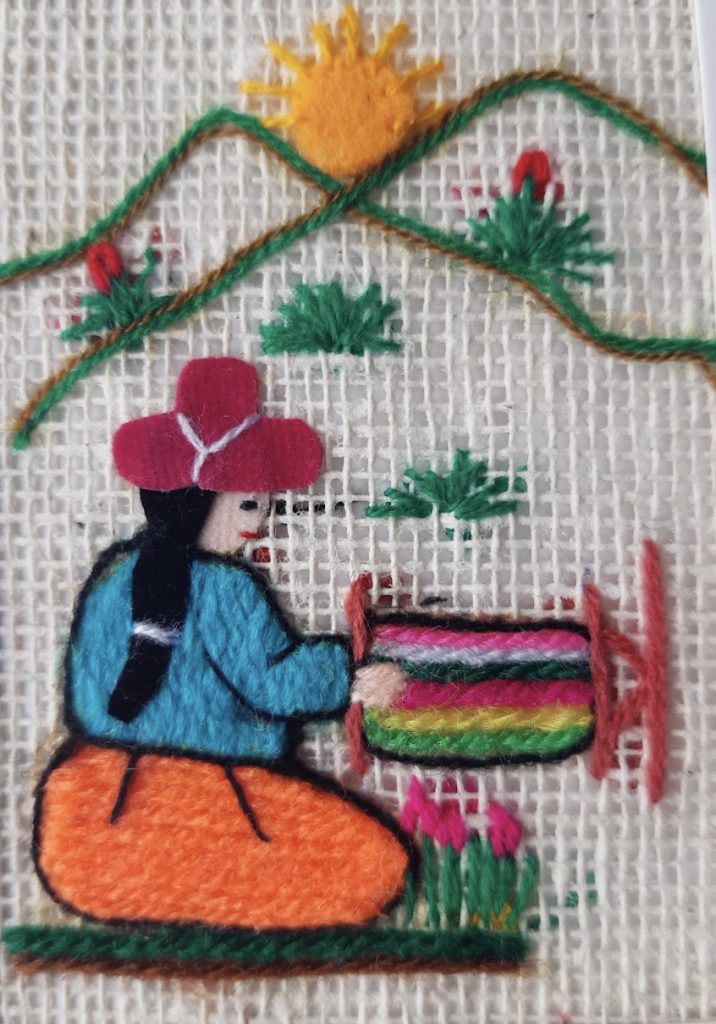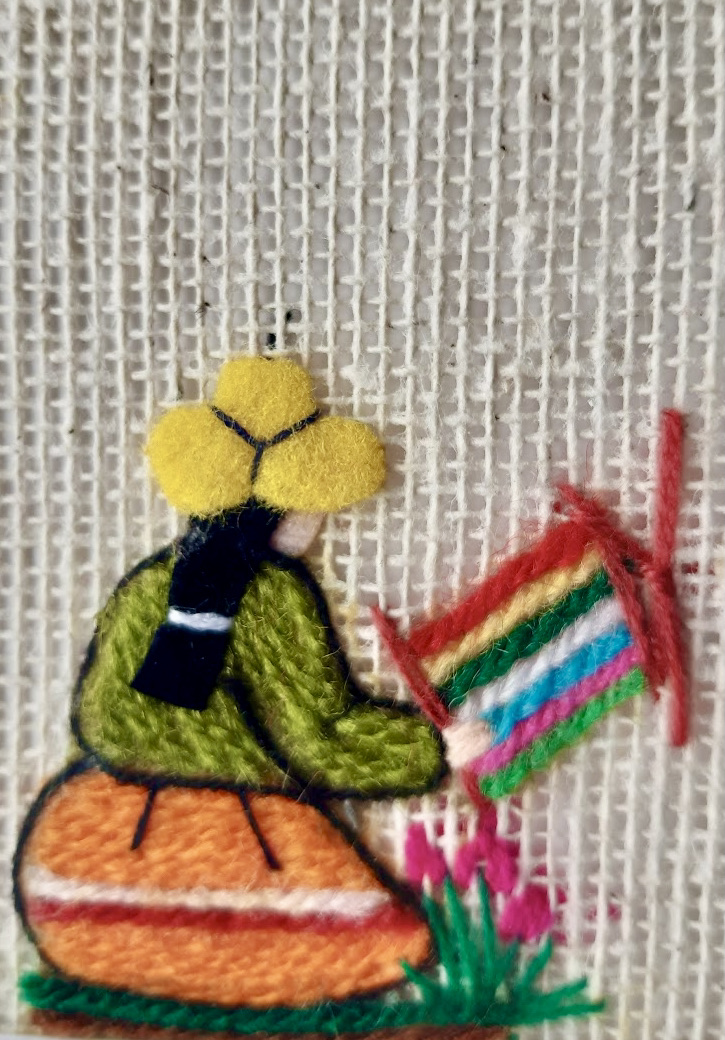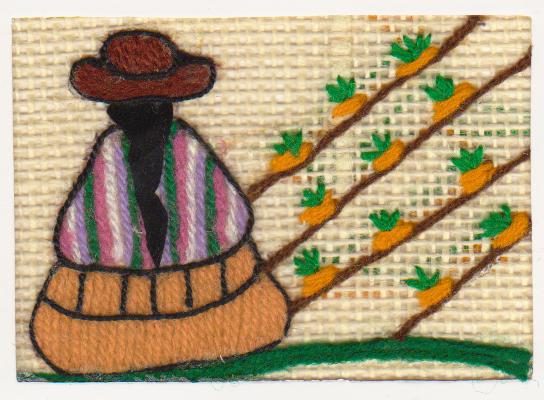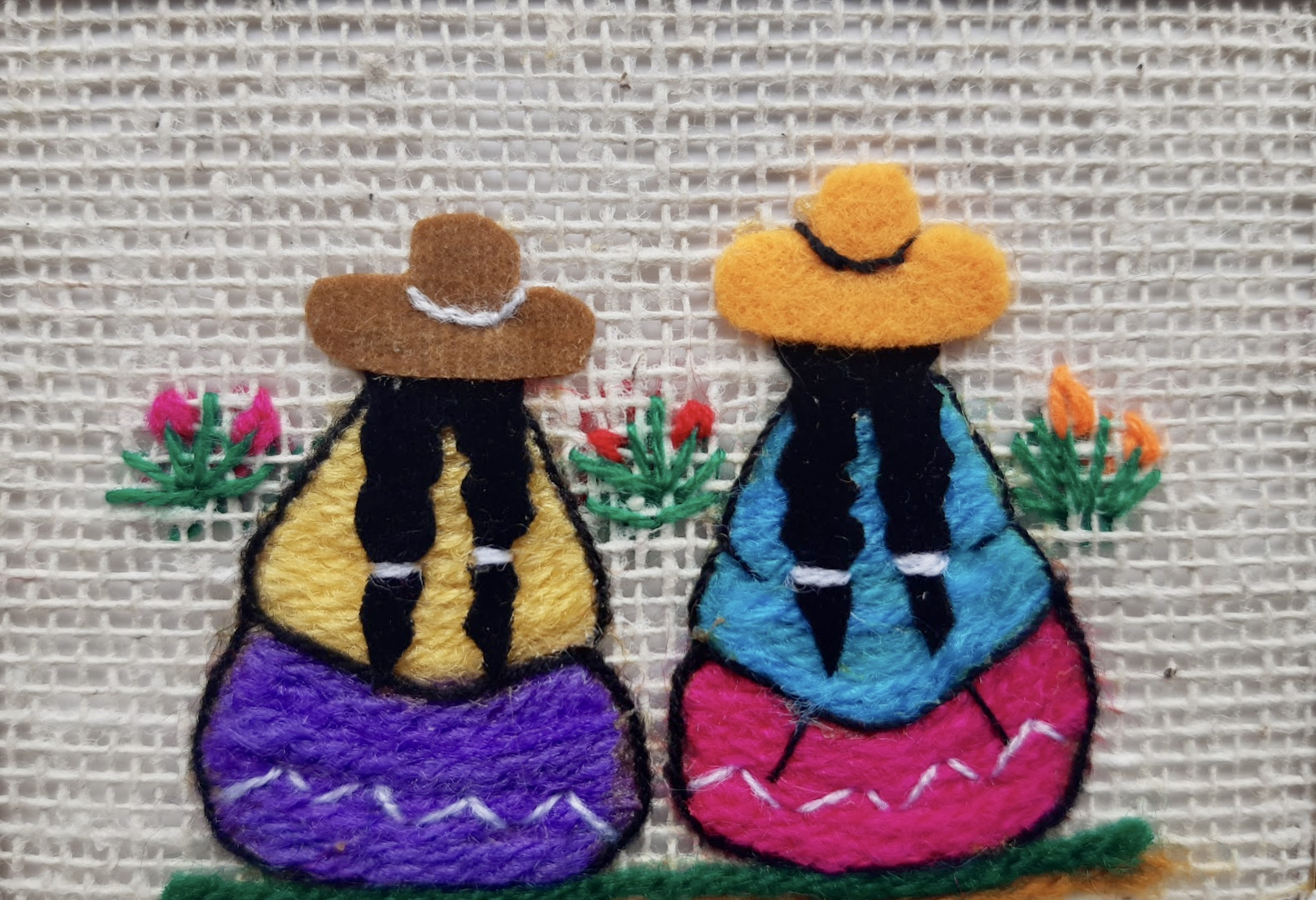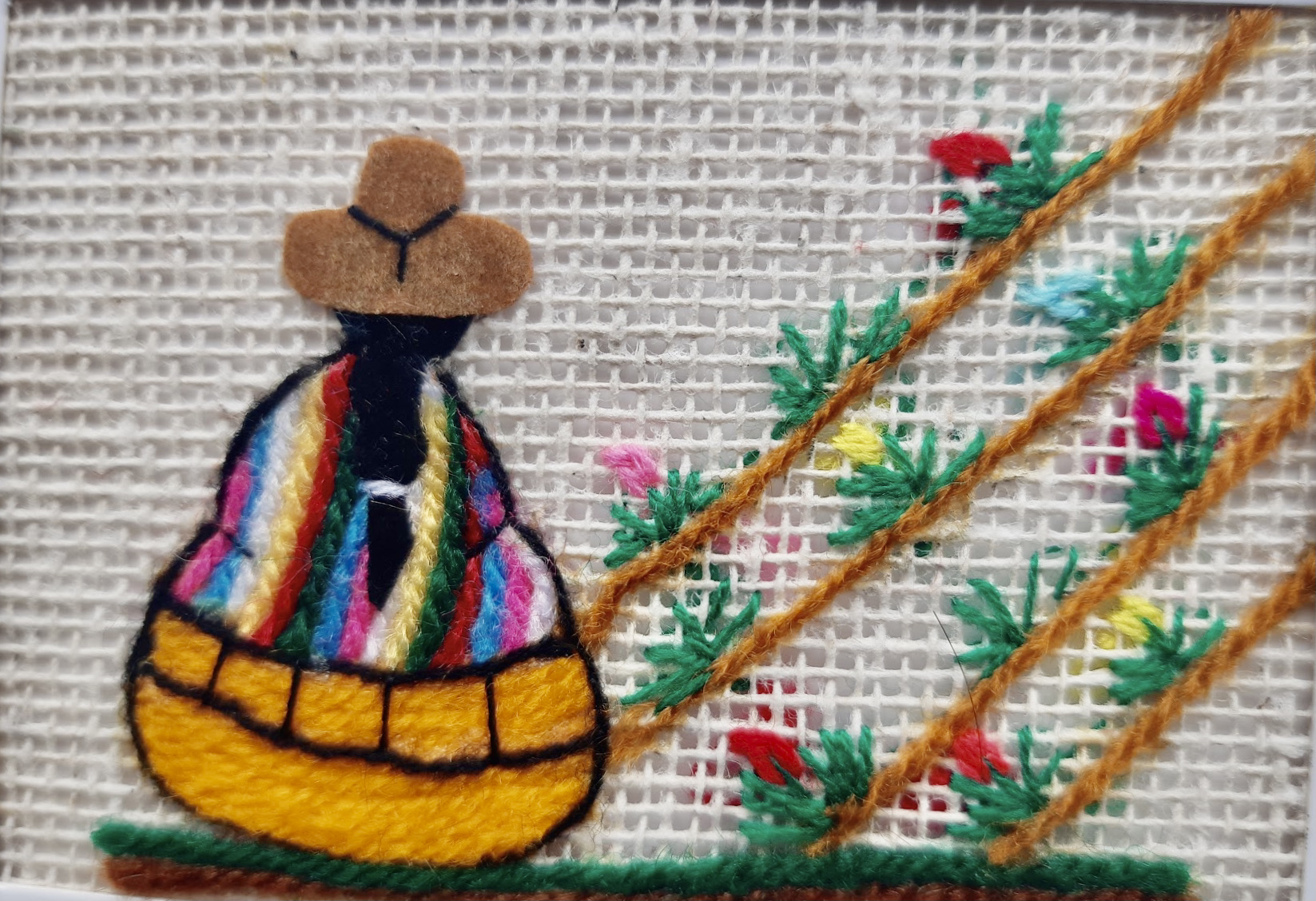For ‘Project Peru’s work in Peru’ go to Zapallal – the work of the refuge

• Women represent just over half of the population of Peru, but they do not have equal access to resources or power.
• Traditional assumptions and misconceptions about women’s roles in society and at home often obstruct access by women to influential roles in both the public and private sectors.
• Due to Peruvian society’s prejudice and discrimination, women historically have suffered disproportionately from the country’s pervasive poverty and unemployment.
• Although human rights issues affect many sectors of the population, there are some violations which are gender-based, or affect women to a greater extent due to prevailing patriarchal systems. In addition, race and class may worsen women’s position in Peruvian society.
• Girls and women are well behind boys in educational terms. In rural areas, 33.7% of women are illiterate, against 10.9% of men. In urban areas this is far lower, with 7.4 % of women and 2.4% of men not being able to read and write. This clearly indicates the rural-urban divide. This has also an effect on rural women’s ability to speak Spanish, and hence on their ability to engage with institutional structures.
• Fertility rates have gone down substantially. While this is in part the result of aggressive population policies during the Fujimori regime (1990-2000), improved access to reproductive health services is allowing women to better decide how many children they want. While rural women still have more children than they desire (3.6 children instead of 2 in 2008), this is far better than the 5.6 children they had on average in the mid-1990s. In urban areas a similar pattern can be found, the desired number of children women want is 1.5, while the actual average number of children was 2.1 in 2008. Access to reproductive health care and personal autonomy to decide over birth control increases with increasing educational levels and income. Hence, non-Spanish speaking rural women, in general the most marginalised, have far more children than their urban and educated counterparts. The legalisation of different methods of birth control has been a long process, and is far from over. Currently, the abortion debate has re-emerged.
• Women were not given the right to vote in national general elections till 1956. Political representation has increased substantially since with a quota for parties to include at least 30% of both sexes on their lists. This has especially improved women’s participation in local and regional politics.
• Apart from poverty, which affects women disproportionally because of their caring roles and their lesser access to paid employment, violence is probably the most concerning problem. While there is not much current data, the comparative WHO study of 2005 cites that 61% and 49% percent of rural and urban women respectively have suffered domestic violence in their lifetime. There have been a number of deaths due to domestic violence.
• This all indicates that gender relations are far from equal, and that the reduction of poverty, social and political inequality, access to education and unequal income distribution must be addressed in order to ameliorate the situation of women in Peru today; only with the equality of women in public and private life will women be able to enjoy their full human rights.
Peruvian women have played a significant part in the founding and running of Project Peru and also in our work in the wider community.
The report below gives a snap-shot of Women’s issues in Peru several years back, many of which are sadly still relevant.
(with acknowledgements to Peru Support Group )









Examples of rural women at work in Peru illustrated on some of our greetings cards for sale



